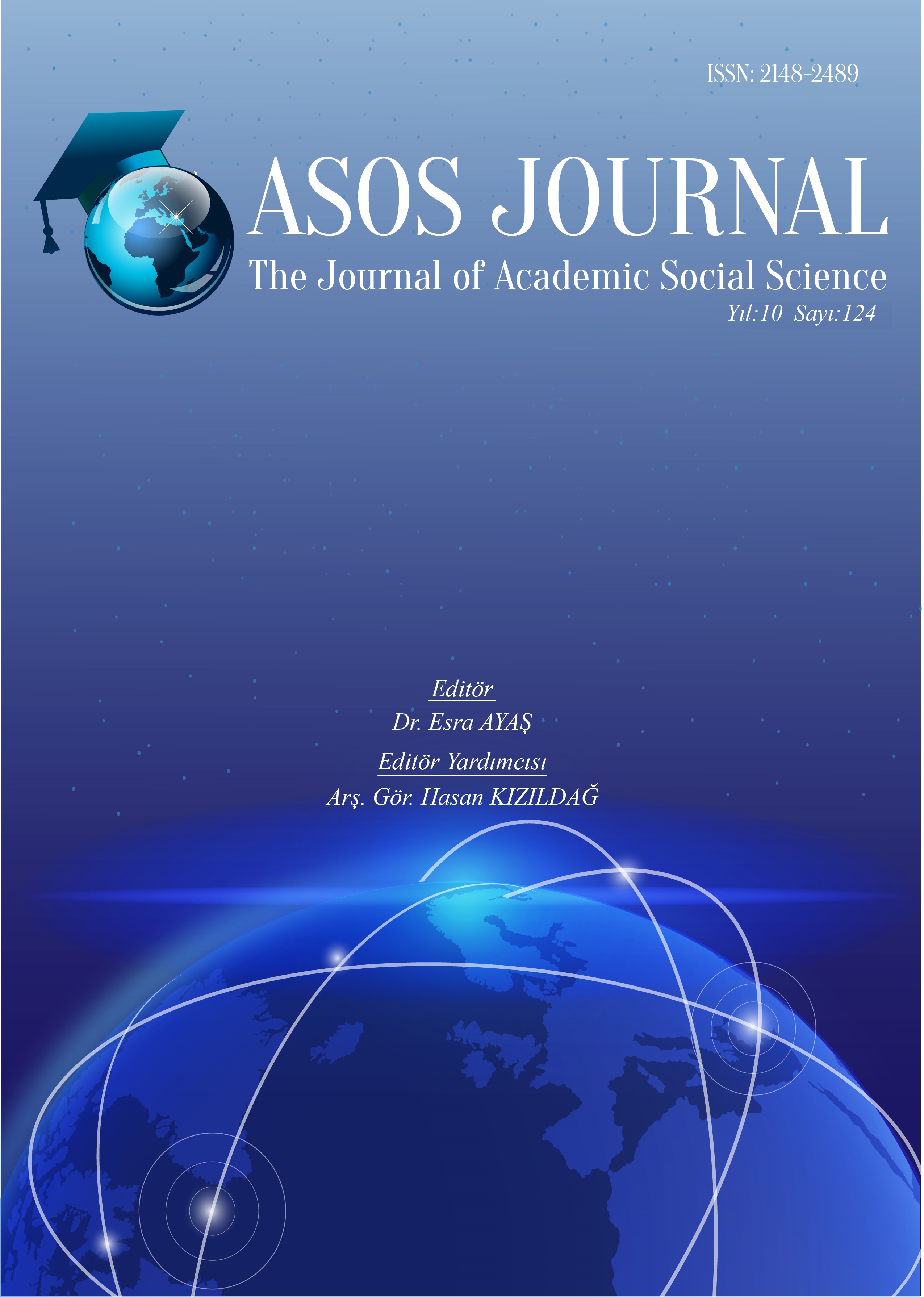Author :
Abstract
Gürültüye bağlı işitme kaybı, dünyada en sık rastlanan meslek hastalıkları arasındadır. Gürültü kavramı, genel olarak istenmeyen ses veya sinyal olarak tanımlanır. Müziğin beğenilmesi veya gürültü olarak algılanması insanlar arasında farklılık gösterse de istenmeyen veya zorunlu olarak dinlenilen müzik, gürültü olarak algılanır. Farklı bir şekilde sevilen müziğin de ses şiddetinin yüksek olması veya maruz kalma durumu uzun olması, belirli bir süreden sonra, gürültü olarak algılanabilir. Bu tez, canlı performans sahneleri yapılan mekanlarda müzisyen, garson ve dinleyicilerin maruz kaldıkları ses şiddetinin ve ses şiddetine bağlı olarak işitme sistemi üzerinde nasıl bir etki yarattığını incelemek amacıyla yapılmıştır. Mekanlarda canlı performans esnasında 4 mekanda 3 farklı noktada ölçümler alınıp maruz kalınan ses şiddeti belirlenmiştir. Yüksek ses şiddetine maruz kalan bireyler tespit edilip Diyarbakır Gazi Yaşargil Eğitim ve Araştırma Hastanesi’nde odyometri testleri yapılmıştır. Çalışma grubu olarak ele alınan denekler (N= 29) düzenli olarak yüksek ses(gürültü) şiddetine maruz kalan garsonlar ve müzisyenlerden oluşmaktadır. Kontrol grubu(N=20) ise dinleyicilerden oluşmaktadır. Araştırmada, toplam, N= 49 üzerinde inceleme yapılmıştır. Farklı olarak sadece yüksek sese maruz kalan müzisyen ve garsonlar (N=27) üzerinde ön test ve son test şeklinde 6 aylık bir sürenin etki yaratıp yaratmadığı incelenmiştir. Elde edilen veriler SPSS 18.0 paket programına işlenerek analiz işlemleri bu program üzerinden yapılmıştır. Yüksek sese maruz kalan müzisyen ve garsonlar, kontrol grubundaki dinleyicilerle karşılaştırmak için bağımsız iki örnek t-testi kullanılmıştır. Araştırmanın sonucunda, yüksek sese maruz kalan müzisyen, garsonlar ve dinleyici olarak seçilen kontrol grubu arasında 4 ve 8 kHz’ de anlamlı bir ilişki olduğu saptanmıştır. Gürültüye bağlı işitme kaybının belirtisi olarak 4 kHz’ de başlayan işitme kaybının 2 kHz’ ye yayılmadığı sonucuna ulaşılmıştır. Çalışma grubu üzerinde 6 ay süreyle yapılan incelemede ön test ve son test arasında sol kulak 2,4 ve 8 kHz’ de anlamlı bir ilişki olduğu sonucuna varılmıştır. Sağ kulakta ise istatistiksel olarak anlamlı bir ilişki olmadığı görülmüştür.
Keywords
Abstract
Noise related hearing loss is considered one of the most common occupational disorders in the world. The concept of noise is commonly defined as unwanted sound or signals. Although the appreciation or perception of music differs between people, unwanted or compulsory listening is perceived as noise. Nonetheless appreciated music can also be perceived as noise after a session of time as a result of withstanding music during a long period of time with high volume.This thesis was conducted to examine the sound intensity and the effect that sound levels have on the auditory system among waiters and musicians who endure high volumes under a long period of time whilst working on venues where live music is performed. During live performance measurements were taken at 4 different venues in 3 different locations with in the venues to the determine the intensity of the noise exposure. Individuals who were exposed to high sound intensities were identified and audiometry tests were conducted at Diyarbakır Gazi Yaşargil Education and Research Hospital. The study group consisted of musicians and waiters (N = 29) who were regularly exposed to high sound intensities (noise). The control group consisted of customers who listen to live music (N = 20). The study group who consisted of musicians and waiters were regularly exposed to high sound intensities (N = 27) and tested during a 6 month period with pre-test and post-test to investigate whether the sound exposure had an effect on the auditory system. The data that was obtained were processed through SPSS 18.0 package program and the analysis was executed through this program. Two independent t-tests were used to compare the hearing tests of the subjects exposed to high sound intensities and the control group. The results of the study showed a significant difference within 4 and 8 kHz between the control group and the group that was exposed to high sound intensities. It was concluded that noise-related hearing loss that started at 4 kHz did not spread to 2 kHz. Regarding the test subjects who were exposed to high sound intensities it was concluded that a significant difference between the pre-test and post-test in the left ear at 2.4 and 8 kHz existed. There was no statistically significant difference in the right ear.
Keywords
- Atalay, H.Ç. (2014). Pilotlarda İşitme Kayıplarının İncelenmesi. Yüksek Lisans Tezi ,Başkent Üniversitesi Sağlık Bilimler Enstitüsü.
- Ballou, G, M. (Ed.). (2008). Handbook for sound engineers - fourth edition. Elsevier, Oxford.
- Beranek, L. L. (2004). Concert halls and opera houses. Springer, New York.
- Chasin, M. (2009). Hearing Loss in Musicians : Prevention & Management. Plural Publishing, San Diego.
- Chen, Z., & Maher, R, C. (2004). Atmospheric Sound Propagation Considerations for the Birdstrike Project. Montana State University, Montana.
- Cowan, J. (2016). The Effects of Sound on People. John Wiley & Sons, England.
- Embleton, T. (1995). Upper limits on noise in the workplace. Report by the International Institute of Noise Control Engineering Working Party, Canadian Acoustics, 23 (2).
- Fiedler, D., ve Krause, R. (2010). Deafness, Hearing Loss and the Auditory System. Nova Science, Hauppauge.
- Moller, A. (2006). Hearing anatomy, physiology, and disorders of the auditory system (2nd ed.). Academic Press, Boston.
- Önen, U. (2007). Ses Kayıt ve Müzik Teknolojileri. İstanbul.
- Robin, N. (2008). Medical Genetics: Its Application to Speech, Hearing, and Craniofacial Disorders. Plural Publishing, San Diego
- Sataloff, R. T. (1991). Hearing loss in musicians. American Journal of Otology, Thomas Jefferson University, Philadelphia.
- Truax, B. (1984). Acoustic Communication. Ablex Publishing, New Jersey.
- Yaman, S.G. (2004), Kobaylarda Dehidrasyonun İç Kulak Üzerine Etkisinin Distorsiyon Ürünü Otoakustik Emisyon Ölçüm Yöntemiyle Fonksiyonel Olarak Araştırılması, Şişli Etfal Eğitim ve Araştırma Hastanesi 1. Kulak-Burun-Boğaz ve Baş-Boyun Cerrahisi Kliniği, İstanbul.
- Eden, A. (2013). Ses İle İlgili Temel Kavramlar, Erişim Adresi: https://docplayer. biz.tr/391709- Ses-ile-ilgili-temel-kavramlar.html (Erişim Tarihi: 02.03.2019).





